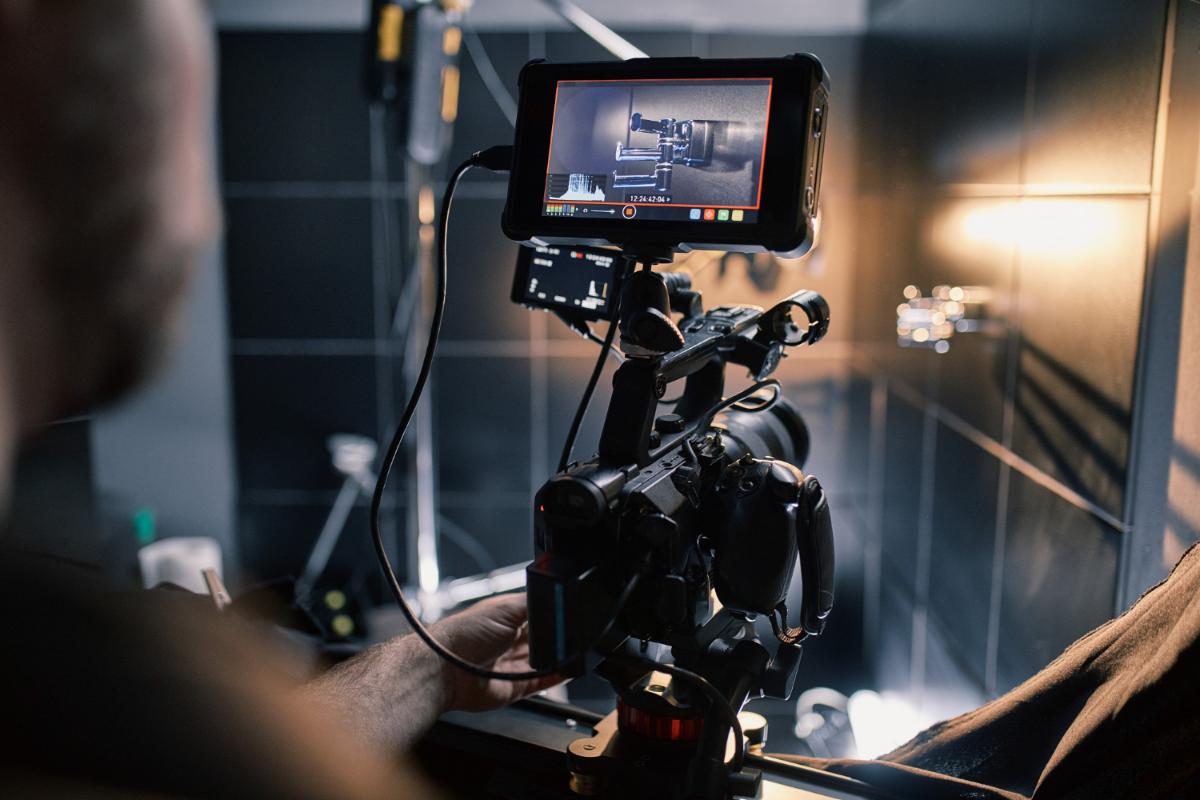Get a grip: Understanding Grip Demands

A grip’s job is one of the most essential and challenging on the set of a film. Day in and day out, film sets require expensive, heavy, large equipment, and the grip department has to secure and build this equipment in the safest, most efficient way possible. Grip work is probably the most physical job on an entire film set, but strength alone is not enough to keep you successful in this demanding, fast-paced industry. Our grip equipment experts want to give you a closer look at the grip department.
The grip department, at a glance
Key grips are the heads of their grip department. They work closely with the electric department lead, the gaffer, the Director of Photography, and the camera department to create the set, shape the light, and secure and operate the lighting and camera support systems. A key grip’s right hand is the best boy grip who communicates key grip, gaffer, and DP decisions to the grip team to create support systems for every shot.
Depending on production needs, grips specializing in specific equipment and machines like cranes, jibs, and hydraulic lifts may be recruited to create, maintain, and operate additional supports for the shoot. Dolly grips are the most common of these specialists who build tracks for dollies to move cameras and operators for the shoot. Gripping demands strenuous physical labor to build, rig, and operate lighting and camera support and implement indirect lighting practices. They are the foundation supporting every production you see.
Electric department collaboration
The grip department's secondary role is working with the DP and electric department to manipulate and shape light. Grips do not operate lighting fixtures but build and operate lifts, lighting stands, and other lighting rigs. They also handle rigging flags, scrims, silks, and other light manipulation tools to provide the DP with the light quality they envision. You can break down this discipline into two light manipulation functions:
Passive fill
Passive fill is reflected or bounced light using tools like silks, reflectors, bounce boards, and other diffusers. Grips use these tools to fill and shape a shot’s darker illumination areas.
Negative fill
Negative fill does just the opposite using scrims, flags, and other tools for drawing the eye to a frame’s subject by blocking light to bring the DP’s light character vision to life.
Grip tools
A film grip probably has the most diverse toolbox of any department. These tools are transferred to and from locations in their own grip truck and require special skills for navigation success. Every grip should bring their own critical tools to every project regardless of their skill level, in addition to production equipment. Every grip needs a tool belt and toolbox with industry essentials, a headlamp for navigating dark sets, and a billed hat to block out bright light. They also need specially designed work gloves for heavy lifting and steel-toed boots with rubber soles for traction, safety, and fatigue control.